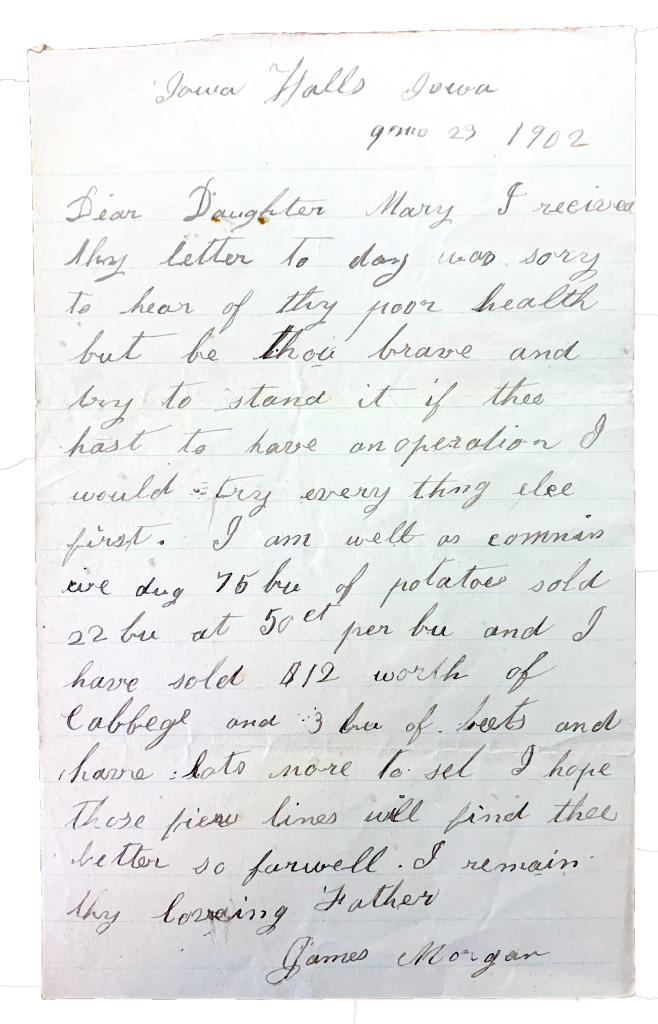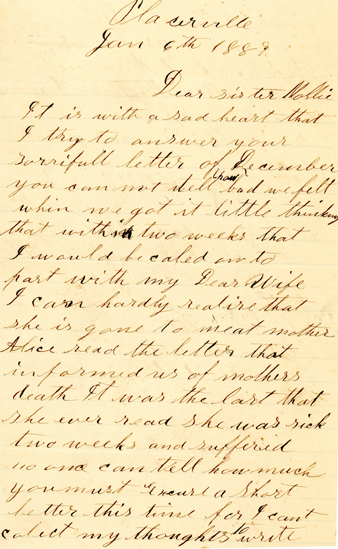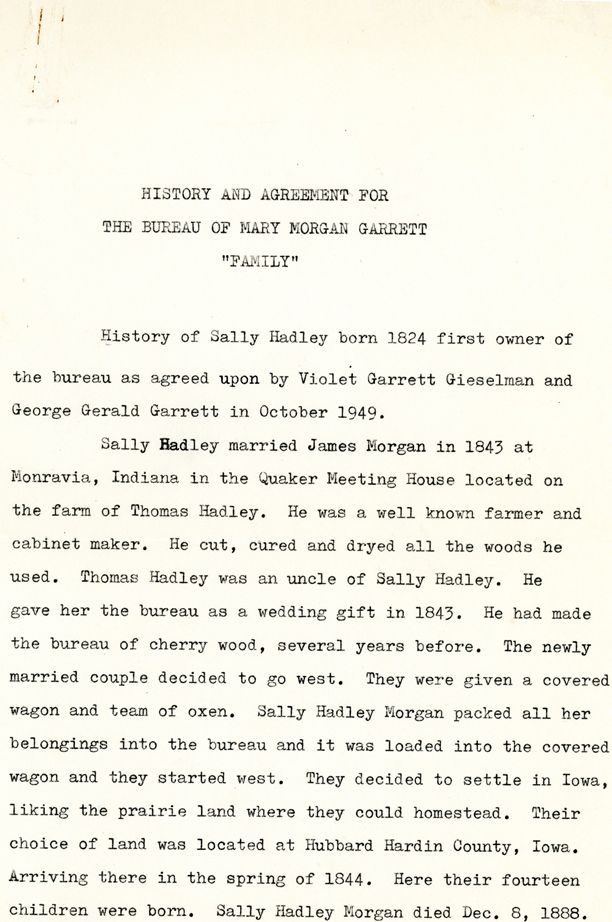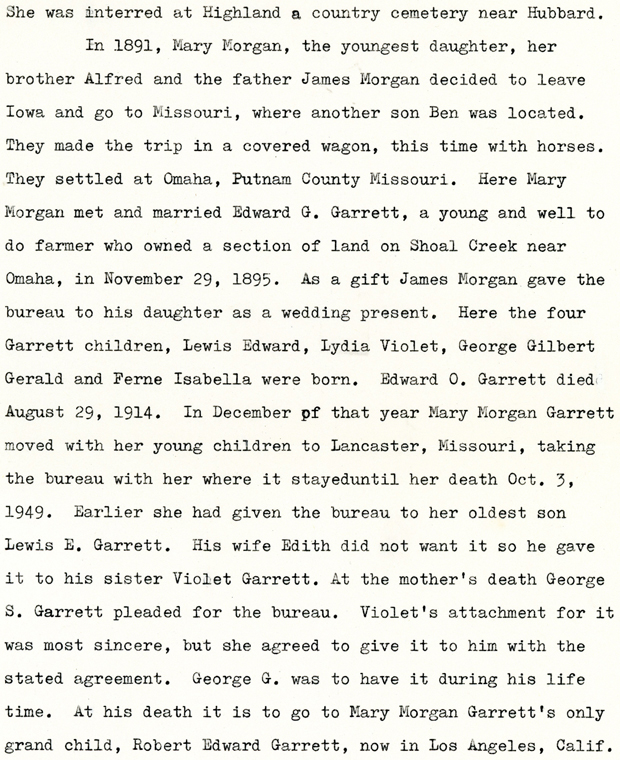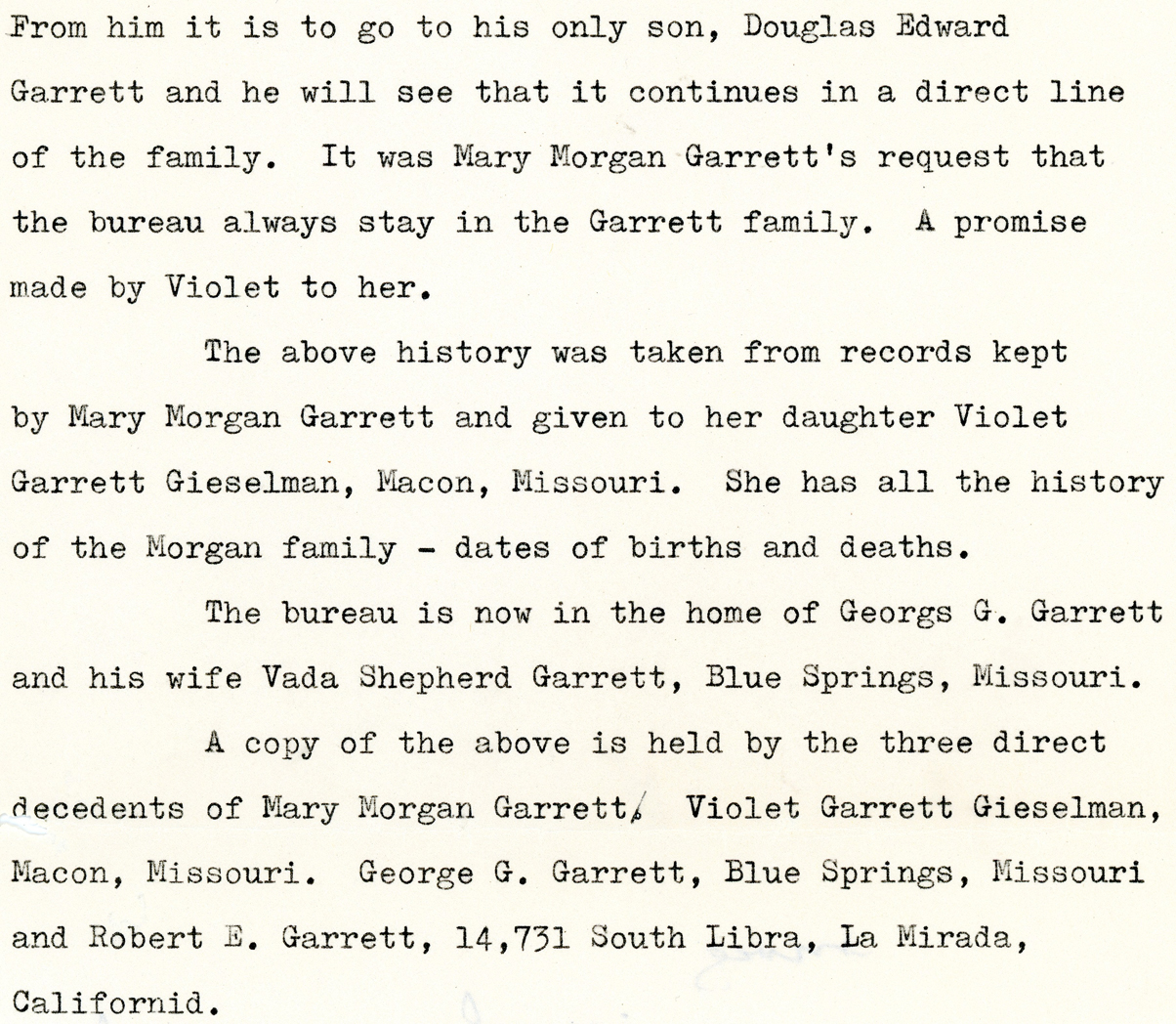Love it or hate it, social media is here to stay.
As I reflected on this prompt, I realized that every generation has had its own form of social media, ones we wouldn’t today consider to be so.
From the Lascaux cave paintings to whatever the youngins’ latest craze is (TikTok? Post? Reddit? I am hopelessly old-fashioned and behind the times here.) people have always craved connection and communication with others.
In history more recent than cave paintings, letters were common, from clay tablets to fine tissue paper for Air Mail. Usually letters were sent to a single recipient, but they could also be shared with others, much like our modern-day emails.
My mother-in-law participated for years in a family “round-robin” letter. Person One, say Aunt Violet, would write a newsy letter and send it to Person two, her sister, who would then write her own newsy letter and add it to Violet’s letter to the next person in the chain, with each person in the round robin repeating this until it all came back around to Violet with multiple letters. Violet would take out her original letter, and add a new one, sending the letters ’round again. And, ’round and ’round it went.
This type of letter sharing reminded me of an early social media sharing site, Xanga. Our family had our own private site, where each member could contribute a new story or add comments to an earlier post. It was quite fun while it lasted, but other social media sites quickly overtook it. I am still kicking myself that I didn’t download the file.
Sadly, letters weren’t always saved, so the ones I do have are precious, giving insight into an otherwise incomplete picture of a relative. The letter below is from my husband’s side of the family, from his great great grandfather to his daughter, my husband’s great grandmother.
The letter reads:
Iowa Falls Iowa
? 23 1902
Dear Daughter Mary I received thy letter to day was sorry to hear of they poor health but be thou brave and try to stand it if thee hast to have an operation I would try everything else first. I am well as ??? we dug 75 bu (bushels) of potatoes sold 22 bu and 50 ct per bu and I have sold $12 worth of cabbage and 3 bu of beets and have lots more to sel I hope these lines will find thee better so farewell. I remain thy loving Father
James Morgan
Lovely, isn’t it?
Another way to stay connected, without the length of a letter nor the more costly postage, was through the sending and receiving of postcards. I like to think of these as quick Twitter posts. Just a few lines, perhaps more than 140 characters, but usually not by much. They were much more public than letters, as anyone could read the message written on the back.
Because postcards were so quick to write, I think many more were sent, just based on the fact that I have many, many more postcards in my collection than letters. Here are few below.
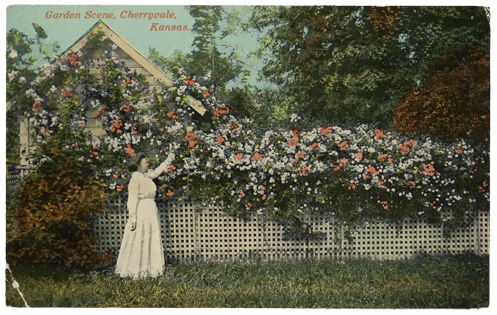
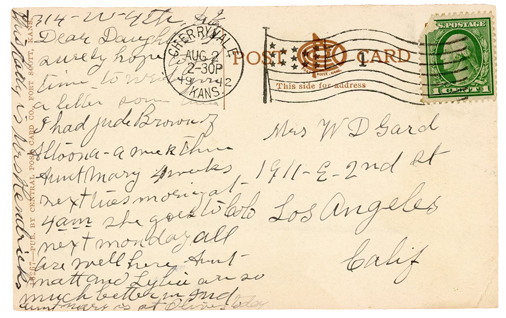
This postcard is from my great-great grandmother Sarah (Kendall) Kesterson to her daughter, my great-grandmother, Eva Kesterson Gard. It is postmarked Aug 2 1912, Cherryvale, Kansas, and says:
Dear Daughter surely hope to have time to write you a letter soon… I had Jude Brown of Altoona-a week …Aunt Mary 4 weeks next tues morning at 4am she goes to Colo next monday all are well here Aunt Natt and Ly… are so much better and Aunt Mary is at Olive’s today This lady is Mrs. Hendricks (I think referring to the photo on the front.)
The postcard below is one of possibly over a hundred that my grandfather, Charles L. Keene, Sr., sent to his mother, my great-grandmother, Lydia Ann (Thompson) Keene.

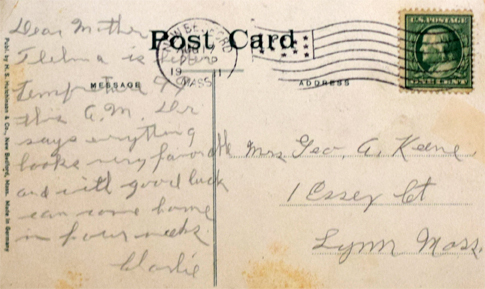
This card reads:
Dear Mother
Thelma is better Temperature 99 this a.m. Dr says everything looks very favorable and with good luck can come home in four weeks
Charlie
Unfortunately, Thelma, his first wife, wouldn’t come home. She passed away from typhoid fever in the New Bedford hospital.
Another form of social media connection was the practice of leaving and collecting calling cards. These were akin to short texts, to let someone know that you were thinking of them. From Wikipedia:
A visiting card, also known as a calling card, is a small card used for social purposes. Before the 18th century, visitors making social calls left handwritten notes at the home of friends who were not at home. By the 1760s, the upper classes in France and Italy were leaving printed visiting cards decorated with images on one side and a blank space for hand-writing a note on the other. The style quickly spread across Europe and to the United States. As printing technology improved, elaborate color designs became increasingly popular. However, by the late 1800s, simpler styles became more common.
By the 19th century, men and women needed personalized calling or visiting cards to maintain their social status or to move up in society. These small cards, about the size of a modern-day business card, usually featured the name of the owner, and sometimes an address. Calling cards were left at homes, sent to individuals, or exchanged in person for various social purposes. Knowing and following calling card “rules” signaled one’s status and intentions.
I have lots of calling cards in my archive, from flowery to very simple, more modern ones. The ones in the phot0 below are in an old geography book that was used as a scrapbook, filled with Morgan family memorabilia. The card at the top is an early type of campaign flyer for John T. Morgan, a candidate for County Assessor.
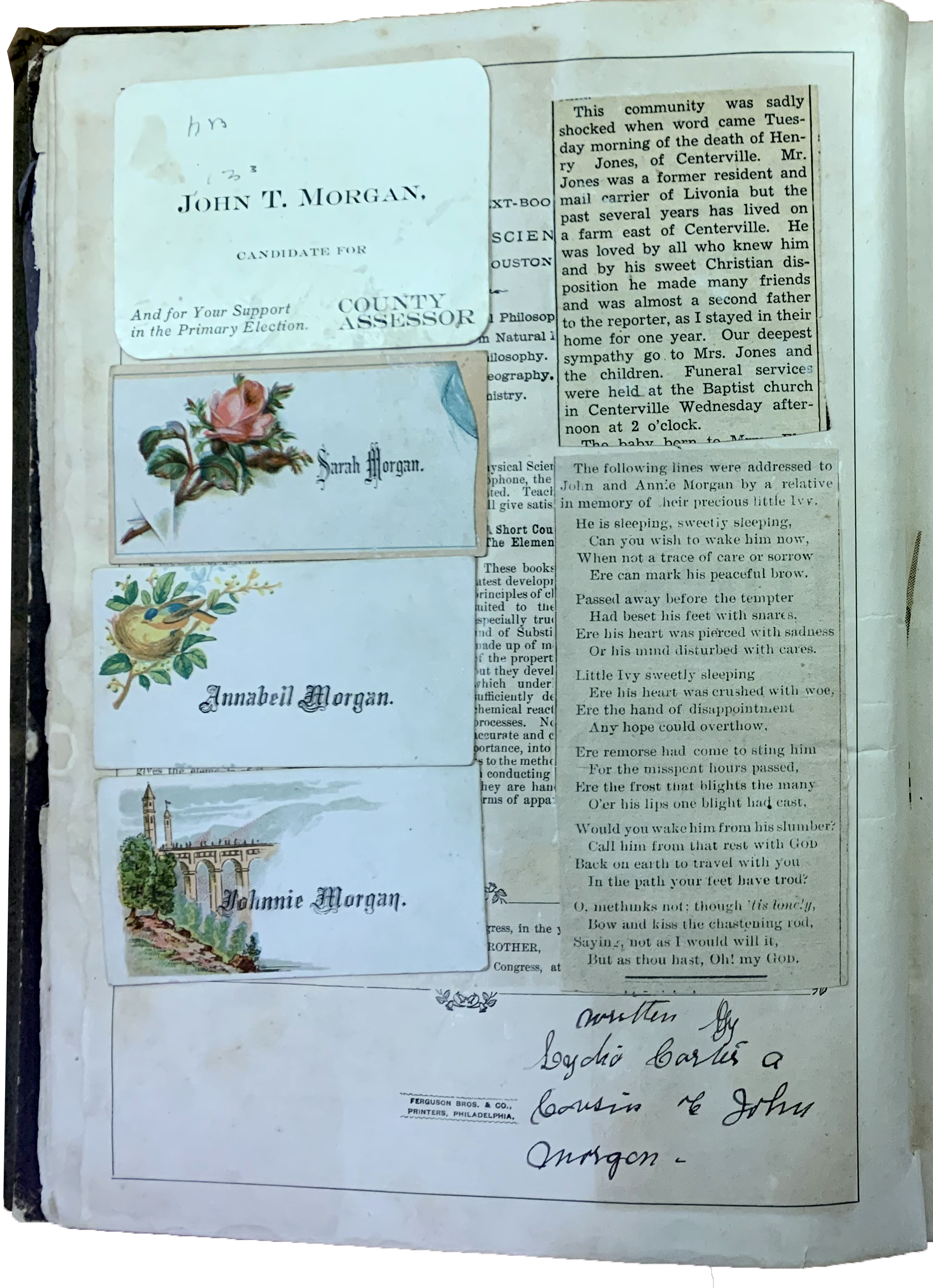
My grandmother Wells had two types of calling cards, one very traditional (“Mrs. Lawrence E. Wells”) and the other a more modern, even feminist, version of her name “Vida G. Wells.”
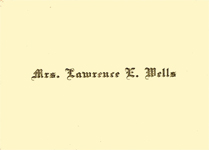
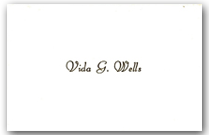
Another form of social media was scrapbooks and autograph books. My grandmother Wells’ high school graduation scrapbook is fill with pages like this one below, which I think is a bit like our timelines on Facebook. You might remember this page from a few posts back. There are pages and pages in her scrapbook of these notes to Vida, wishing her well in the future or remembering school days together.
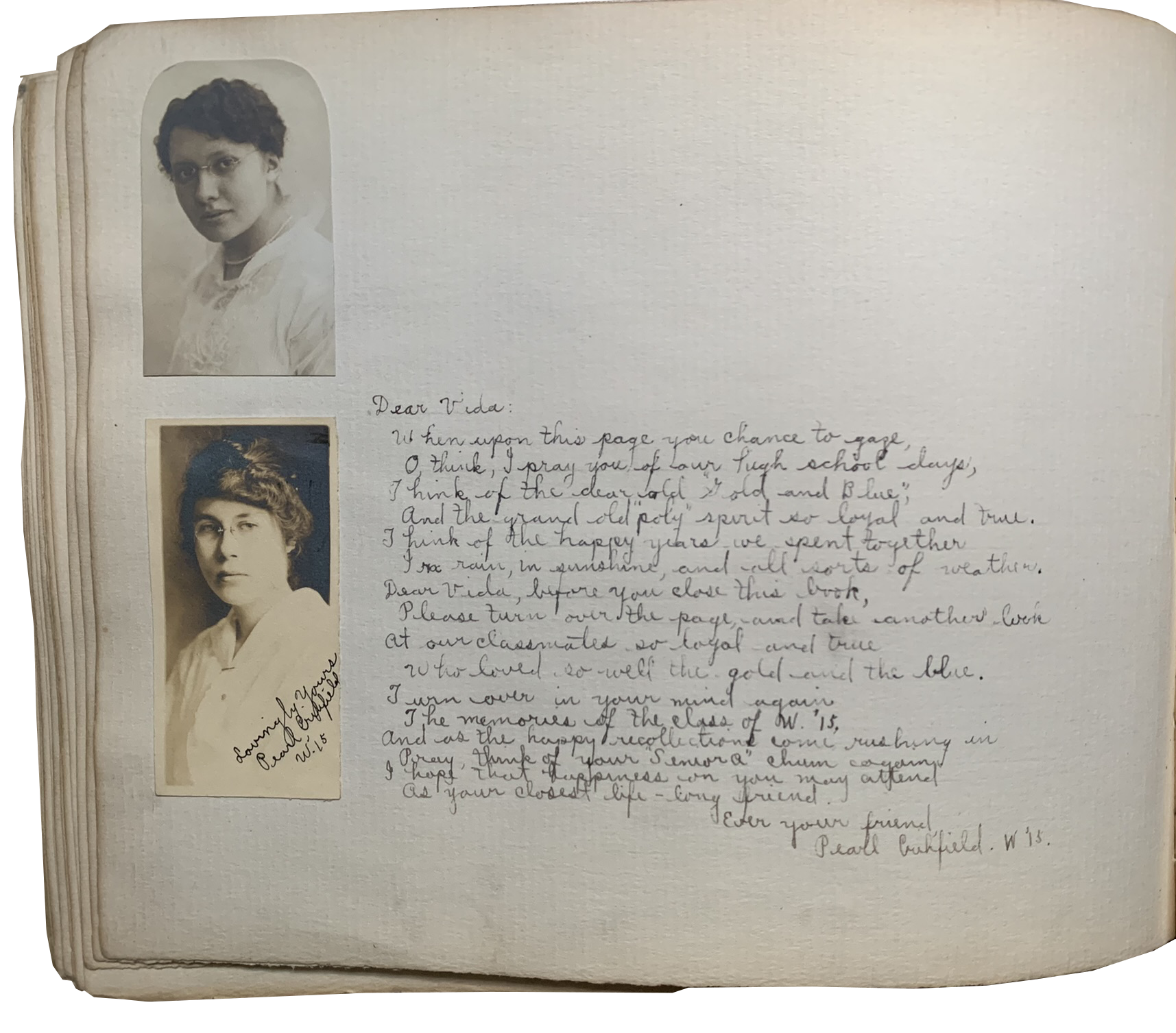
Social media has always been with us; the difference now is its reach, its anonymity, and its transient nature. Most of us aren’t saving our texts or tweets for posterity. (Which frankly, might be a good thing.) And, we can hide behind made-up profile names. For the majority of us, this is how we stay in contact with our friends and family; our ancestors had the same desire and need for connection.
I just wonder what, if anything, my descendants will have to discover about my life.
‘Til next time.

